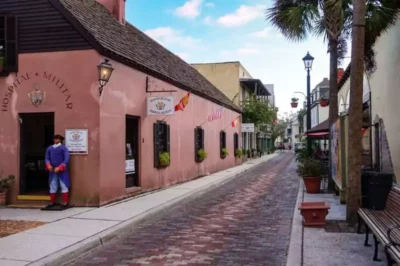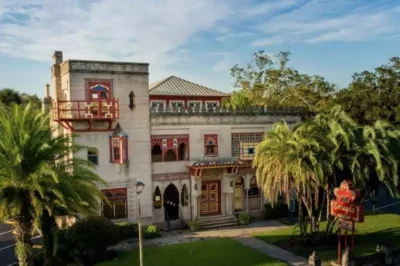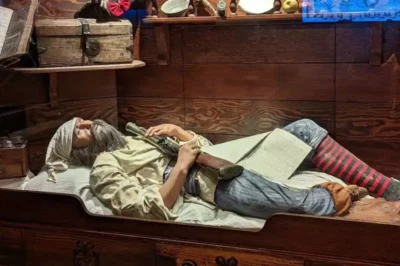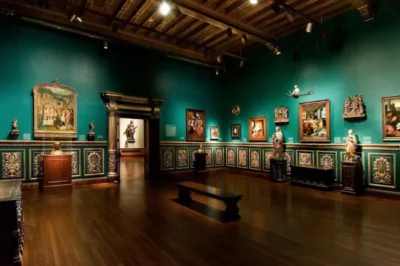Medieval Torture Museum: St. Augustine’s Grisly Attraction
Nestled in the heart of St. Augustine, Florida’s oldest city, lies a unique and chilling attraction that transports visitors back to the darkest chapters of human history – the Medieval Torture Museum.
This one-of-a-kind museum offers a rare glimpse into the world of ancient torture practices, showcasing a variety of devices and methods used during the Middle Ages to exact punishment and extract confessions.
As you explore its thought-provoking exhibits, you’ll not only gain a deeper understanding of the brutality that once prevailed in society but also appreciate the progress we have made in the field of human rights. Join us as we delve into the mysterious and haunting world of the Medieval Torture Museum in St. Augustine.
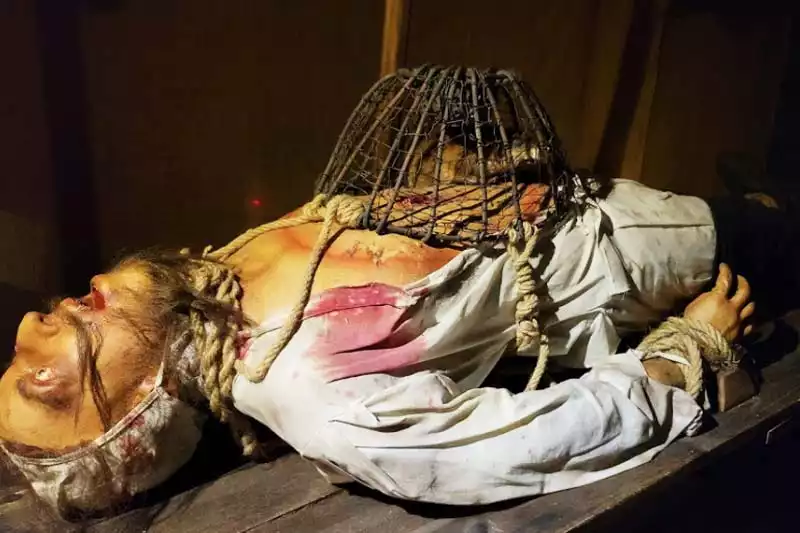
Torture Museum History
In 2016, a warm-hearted and dedicated group of historians, artists, and entrepreneurs came together to establish the museum in St. Augustine.
United by their love for history and a desire to create engaging, educational experiences, these visionaries sought to provide a unique space where visitors could explore the darker aspects of human history and reflect on the impact of cruelty and oppression.
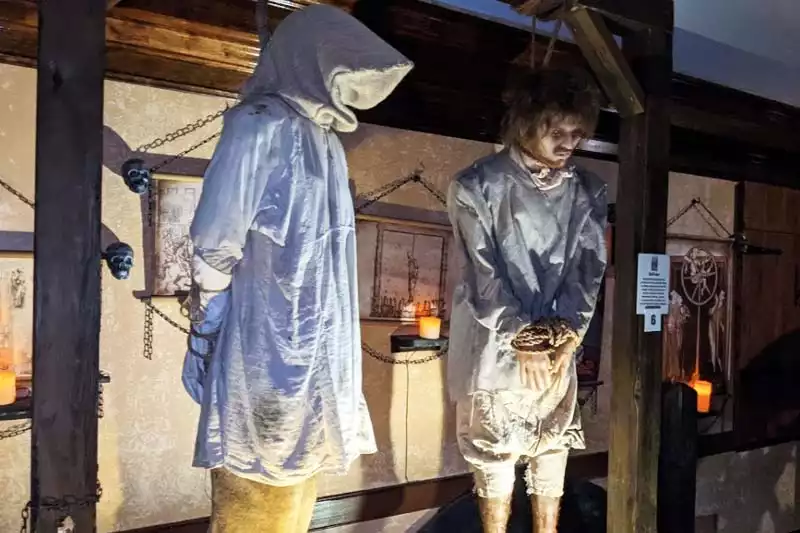
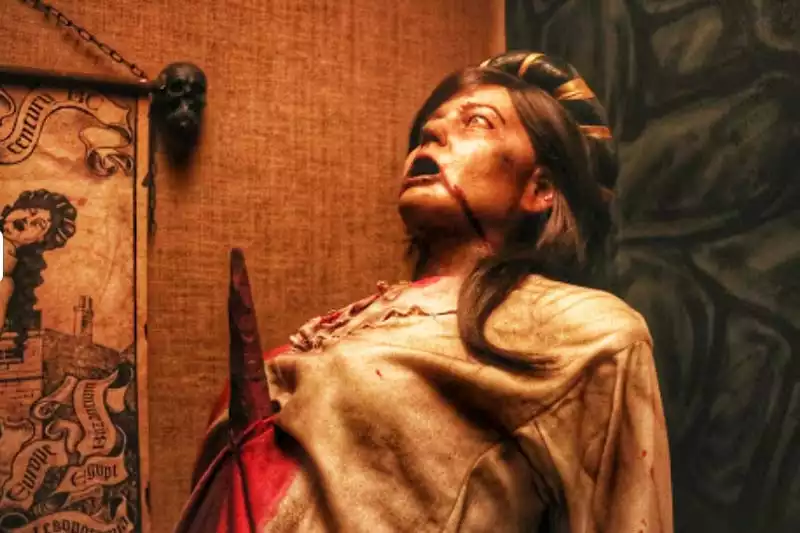
The museum’s founders diligently researched the topic of medieval torture and worked closely with experts in the field to ensure the accuracy and authenticity of the exhibits.
Their unwavering commitment to historical precision and meticulous attention to detail have crafted a truly immersive experience that resonates with visitors, inspiring meaningful conversations about our past and the valuable lessons we can glean from it.
Must-See Exhibits at the Medieval Torture Museum
The museum houses a wide variety of torture instruments dating from the medieval period to the early modern era.
- The Iron Maiden: This infamous torture device features a sarcophagus-like enclosure lined with spikes. Victims would be forced inside and the door would be closed, causing the spikes to pierce their flesh but not fatally, leading to a prolonged and agonizing experience.
- The Rack: A classic instrument of torture, the rack features a wooden frame with rollers on each end. The victim’s limbs would be tied to the rollers and gradually stretched, causing extreme pain and eventual dislocation of joints or even tearing of limbs.
- The Judas Cradle: A sinister-looking pyramid-shaped structure, victims would be suspended above the pointed apex of the cradle with ropes. They would then be lowered onto the point, resulting in unbearable pain and potential internal injuries as their body weight forced them further onto the sharp point.
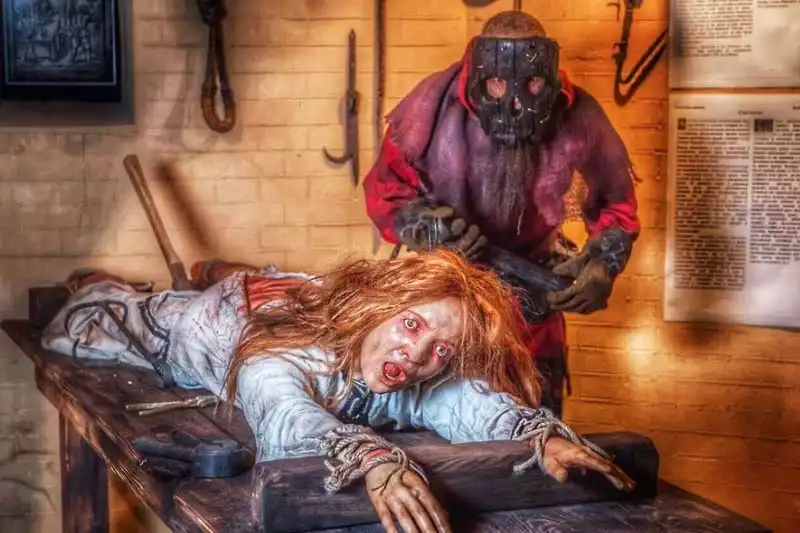
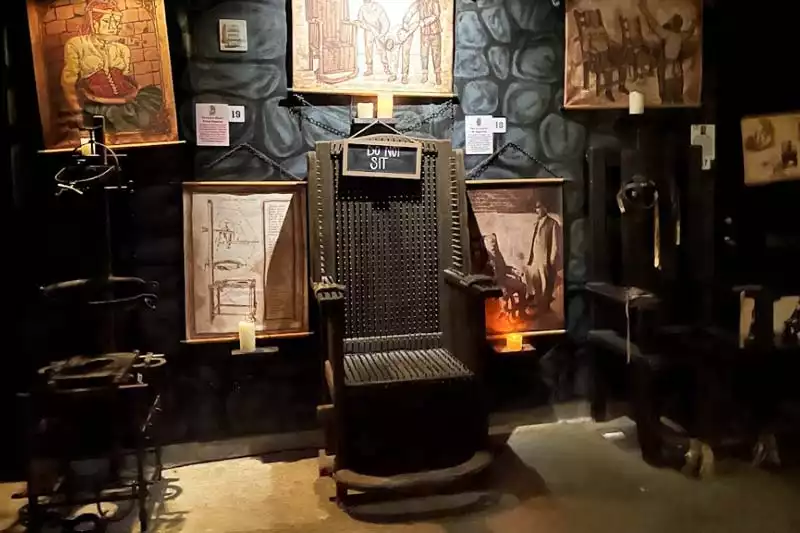
- The Wheel of Torture (Breaking Wheel): This gruesome device consisted of a large wooden wheel mounted on an axle. Victims would be tied to the wheel and then spun around as their limbs were shattered with a hammer or iron bar. The wheel would sometimes be hoisted up for public display while the victim was still alive.
- The Spanish Inquisition Exhibit: This exhibit delves into the history and methods used by the Spanish Inquisition, including the infamous “strappado” (a form of suspension torture) and the “Spanish Boot,” a device that crushed the victim’s legs between iron plates.
These must-see exhibits provide a harrowing insight into the brutal methods of torture employed during the medieval era. The educational context of the museum helps visitors to better understand the historical circumstances that led to the use of such cruel devices and practices.
If you would like to learn about the history of the instruments of torture in the Museum and what they were used for, you can use the audio guide and listen to an audio tour of the people and criminals who were subjected to them.
Emotional and Psychological Effects of the Exhibits
The museum’s exhibits often evoke a range of emotions and psychological reactions among visitors.
The vivid displays of torture devices and methods can leave visitors feeling shocked, horrified, and even empathetic towards the victims who endured such gruesome treatments. These emotional responses can lead to a deeper understanding of the suffering endured by individuals during the Middle Ages.
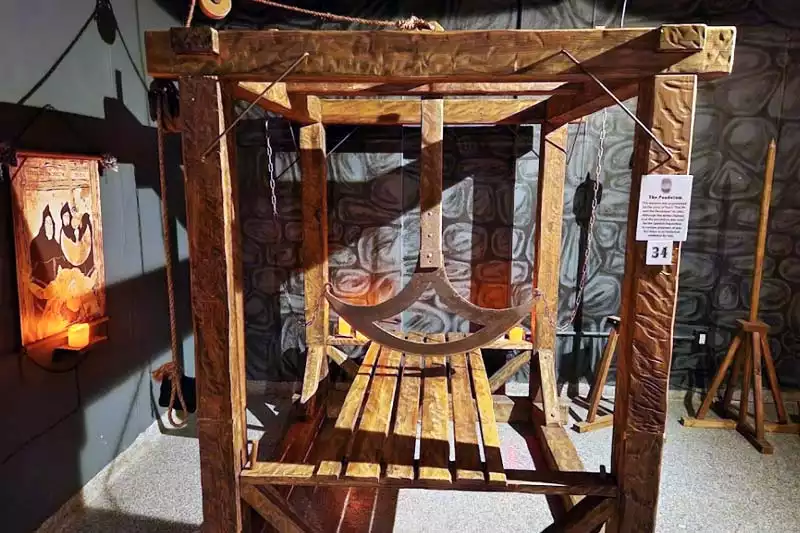
The museum plays a crucial role in raising awareness about the importance of human rights and the need to prevent atrocities like torture from happening in the future. By showcasing the brutal methods of the past, the museum encourages visitors to reflect on the value of compassion, empathy, and justice in modern society.
The museum serves as a powerful reminder of the consequences of cruelty and oppression and highlights the ongoing need to advocate for human rights and protect individuals from such barbaric acts.
Opening Hours and Admission Fee
For the most accurate and up-to-date information on the Medieval Torture Museum‘s hours of operation and admission fees, it is highly recommended that you visit their official website.
The website will provide you with the necessary details, including any special events, seasonal changes in opening hours, and pricing for adults, children, seniors, and groups. By checking their website, you can ensure that you have the most current information to plan your visit accordingly.
Video
How to Get to Medieval Torture Museum
To get to the museum in St. Augustine, Florida, follow these directions:
Address: The museum is located at 100 Saint George St, St. Augustine, FL 32084.
By Car: If you’re driving from the North or South, take I-95 and exit at FL-16 (Exit 318) heading east. Continue on FL-16 for approximately 5.6 miles until you reach the intersection with US-1 (Ponce De Leon Blvd). Turn right onto US-1 and head south for about 2 miles.
Turn left onto W Castillo Dr and proceed for 0.3 miles, then turn right onto S Castillo Dr / Avenida Menendez and continue for 0.7 miles. Finally, turn left onto Orange St, followed by an immediate right onto Spanish St, and then left onto Saint George St, where you will find the museum on your left-hand side.
Parking: There is no designated parking at the museum itself, but you can find several public parking options nearby. The Historic Downtown Parking Facility, located at 1 Cordova St, is only a short walk away from the museum and offers ample parking spaces.
By Public Transportation: If you prefer to use public transportation, the Old Town Trolley Tours and Ripley’s Red Train Tours both offer hop-on-hop-off services that stop near the museum. You can purchase tickets for these tours, which provide a convenient and enjoyable way to explore the historic city of St. Augustine while also visiting the museum.
Conclusion
In conclusion, the Medieval Torture Museum in St. Augustine is a unique and thought-provoking attraction that sheds light on the darker chapters of human history.
Through its extensive collection of exhibits and interactive experiences, the museum educates visitors on the gruesome torture practices of the past and encourages reflection on the progress we have made in human rights.





